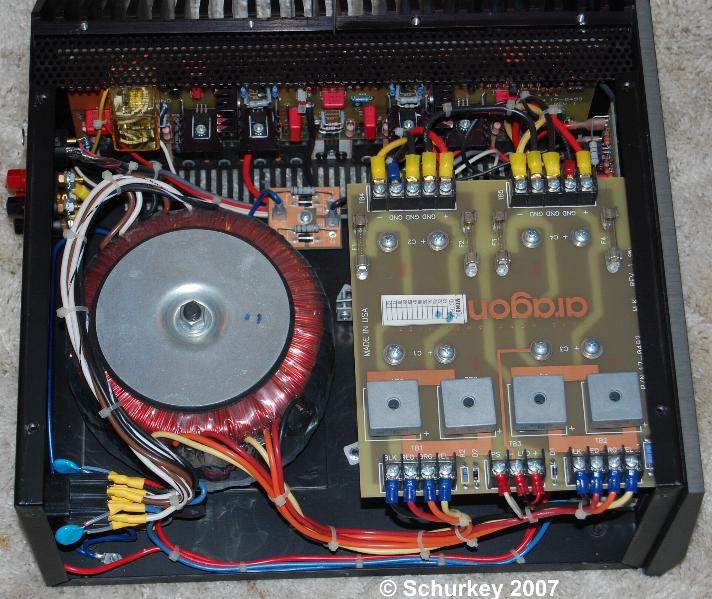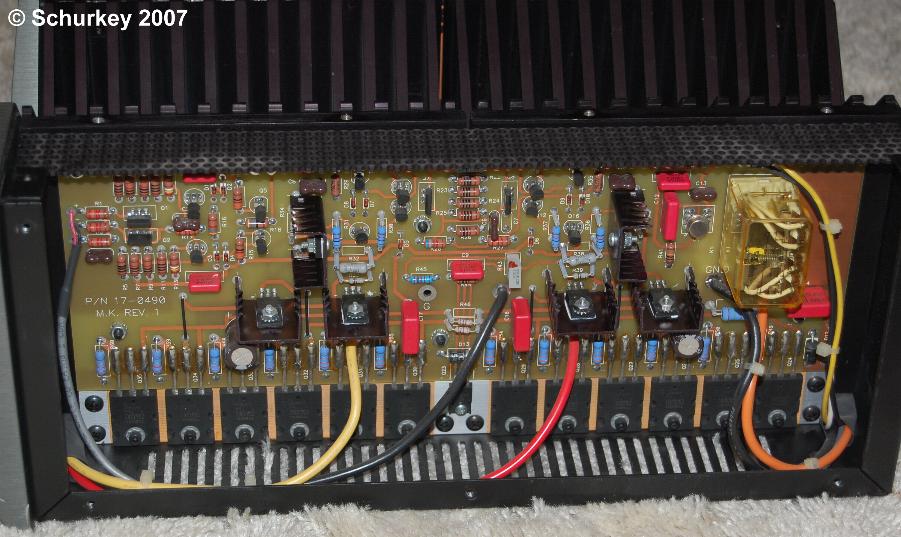JoeESP9
ESL's & tubes since 83
From the Yamaha web site.
A-S801
Receiver / Integrated Amplifier
Minimum RMS Output Power (8 ohms, 20 Hz-20 kHz) 100 W + 100 W (0.019% THD)
High Dynamic Power/Channel (8/6/4/2 ohms) 140 / 170 / 220 / 290 W
Damping Factor 240
Frequency Response 10 Hz - 100 kHz +/- 1.0 dB
Although it says dynamic power, it sure looks like not only 4 and 6 Ohm ratings but also a 2 Ohm rating.
A-S801
Receiver / Integrated Amplifier
Minimum RMS Output Power (8 ohms, 20 Hz-20 kHz) 100 W + 100 W (0.019% THD)
High Dynamic Power/Channel (8/6/4/2 ohms) 140 / 170 / 220 / 290 W
Damping Factor 240
Frequency Response 10 Hz - 100 kHz +/- 1.0 dB
Although it says dynamic power, it sure looks like not only 4 and 6 Ohm ratings but also a 2 Ohm rating.






